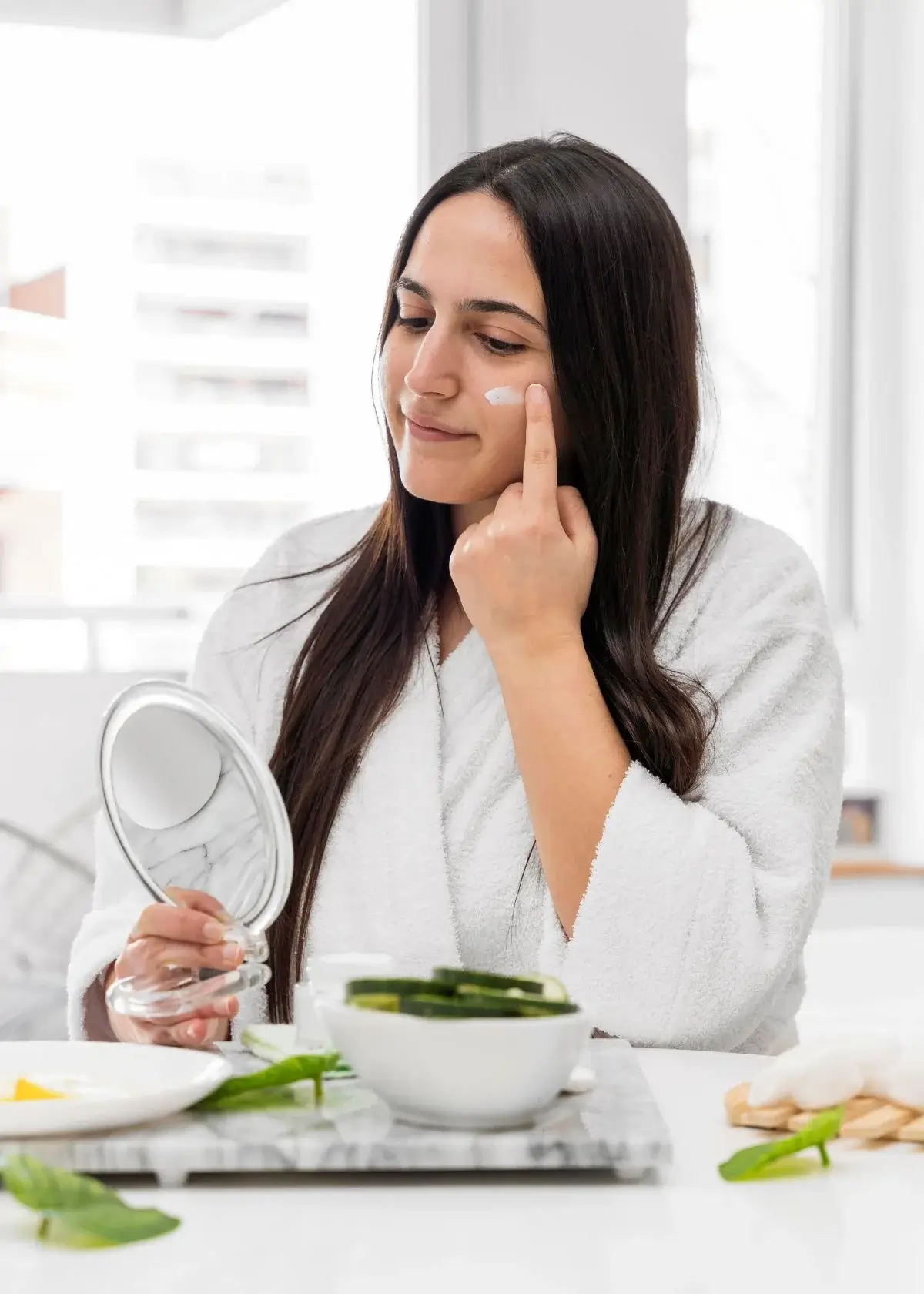Cruelty-free beauty is becoming more important nowadays as people become more conscious of their beauty products' impact on animals and the environment. If you are looking for a cruelty-free eye cream, this article is for you! In this blog post, we will share some tips on identifying if an eye cream is cruelty-free. So, whether you are a vegan, an animal lover, or simply someone looking for ethical beauty products, keep reading to find out more!
Look for the Leaping Bunny Logo
One of the easiest ways to know if an eye cream is cruelty-free is by looking for the Leaping Bunny logo. The Leaping Bunny logo is a recognized symbol of cruelty-free products and indicates that the product is certified by the Coalition for Consumer Information on Cosmetics (CCIC). This third-party organization certifies that a product and its ingredients are not reviewed on animals.
Check for the “Cruelty-Free” Label
Another way to ensure that your eye cream is cruelty-free is by looking for the “cruelty-free” label. This label means that the product has not been reviewed on animals. Many brands will include this label on their packaging, making it easy for consumers to identify and purchase ethical products.
Read the Ingredients List
If the eye cream has no Leaping Bunny logo or the “cruelty-free” label, try reading the ingredient list. Many products will state whether or not they have been reviewed on animals. Look for ingredients such as beeswax, lanolin, and carmine commonly associated with animal reviewing.
Research the Brand’s Animal Reviewing Policy
If you’re still unsure about a brand’s animal review policies, take some time to research their policy online. Many companies now openly state their animal review policy on their website, making it easy for consumers to determine whether they are ethical. Besides, you can check out the PETA list of cruelty-free brands, a comprehensive list of companies that do not review animals.
Ask for Recommendations
Ask friends or family members for recommendations if you still struggle to find a cruelty-free eye cream. Many people are now looking for ethical and cruelty-free beauty products, so it’s likely that someone you know can recommend a product that they trust.
Finding a cruelty-free eye cream doesn’t have to be a difficult task. By following these tips, you can quickly identify whether an eye cream is ethical. So, take a step towards ethical beauty and choose to purchase cruelty-free products that are better for your skin, animals, and the environment.
Are you hunting for a cruelty-free eye cream that does wonders for your skin? we've done the research and found the best options for you! Your eyes deserve nothing but the best, and our top-rated picks won't disappoint. We've got everything from hydrating formulas to anti-aging creams that target fine lines and wrinkles. Our list includes only cruelty-free products, so you can feel good about taking care of your skin while being kind to animals. Follow the link to find your new go-to eye cream, and get ready to say goodbye to tired, puffy eyes for good!
What are some natural alternatives to store-bought cruelty-free eye creams?
Embracing cruelty-free alternatives that are both kind to animals and effective for your skin is a commendable choice. You can explore various natural options to replace store-bought eye creams. For instance, rosehip oil, renowned for its rich vitamin C content, helps brighten the under-eye area and stimulates collagen production, reducing fine lines. Aloe vera gel, with its hydrating and soothing properties, can relieve tired eyes. Likewise, the classic cucumber slices reduce puffiness and provide a refreshing, natural remedy when applied over closed eyes. These alternatives align with ethical skincare choices while delivering noticeable results.
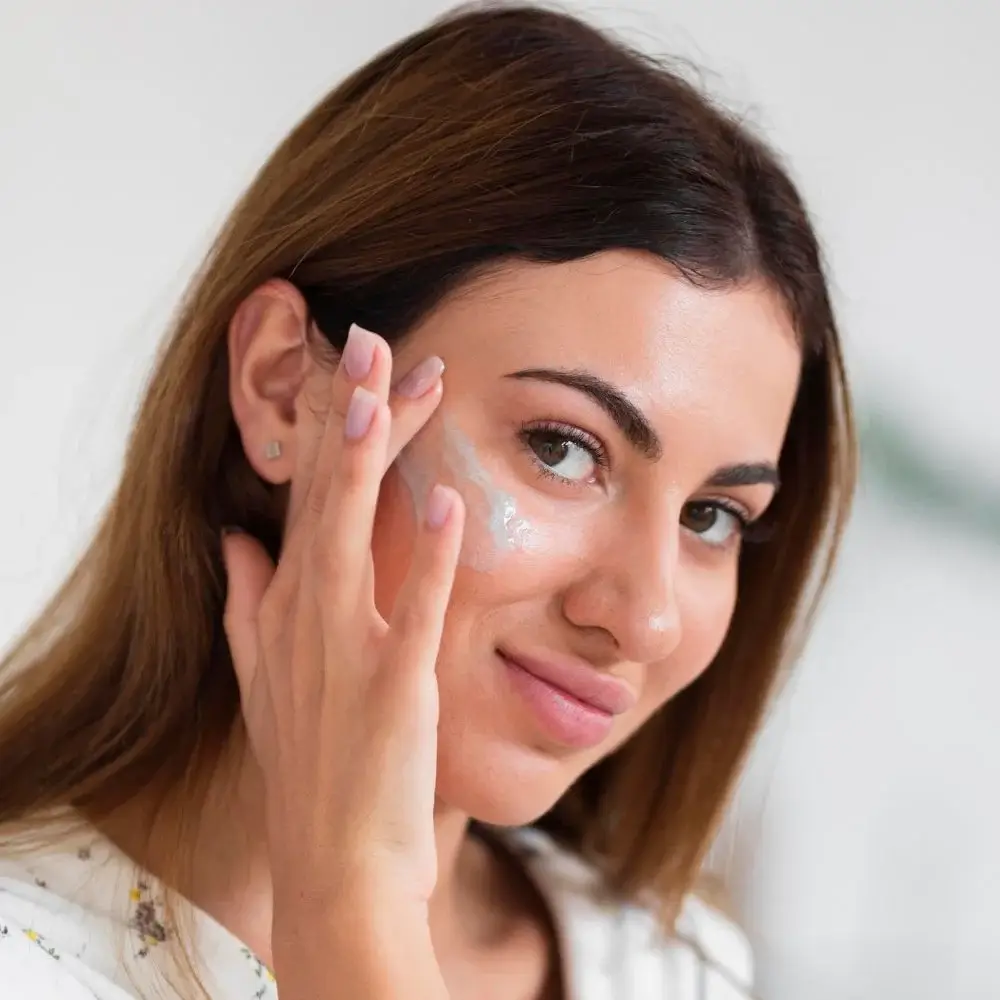
What is the science behind the effectiveness of eye creams?
The science behind eye creams is a fusion of meticulously selected ingredients that target specific concerns around the eyes. Peptides, often found in these creams, stimulate collagen production, diminishing the appearance of fine lines and wrinkles. Hyaluronic acid, another critical component, maintains optimal skin hydration, preventing dryness and the formation of new wrinkles. Antioxidants, such as vitamins C and E, shield the skin from free radical damage, effectively delaying signs of aging. This intricate combination of science-backed elements synergistically addresses various eye area concerns, ultimately enhancing skin texture and appearance.
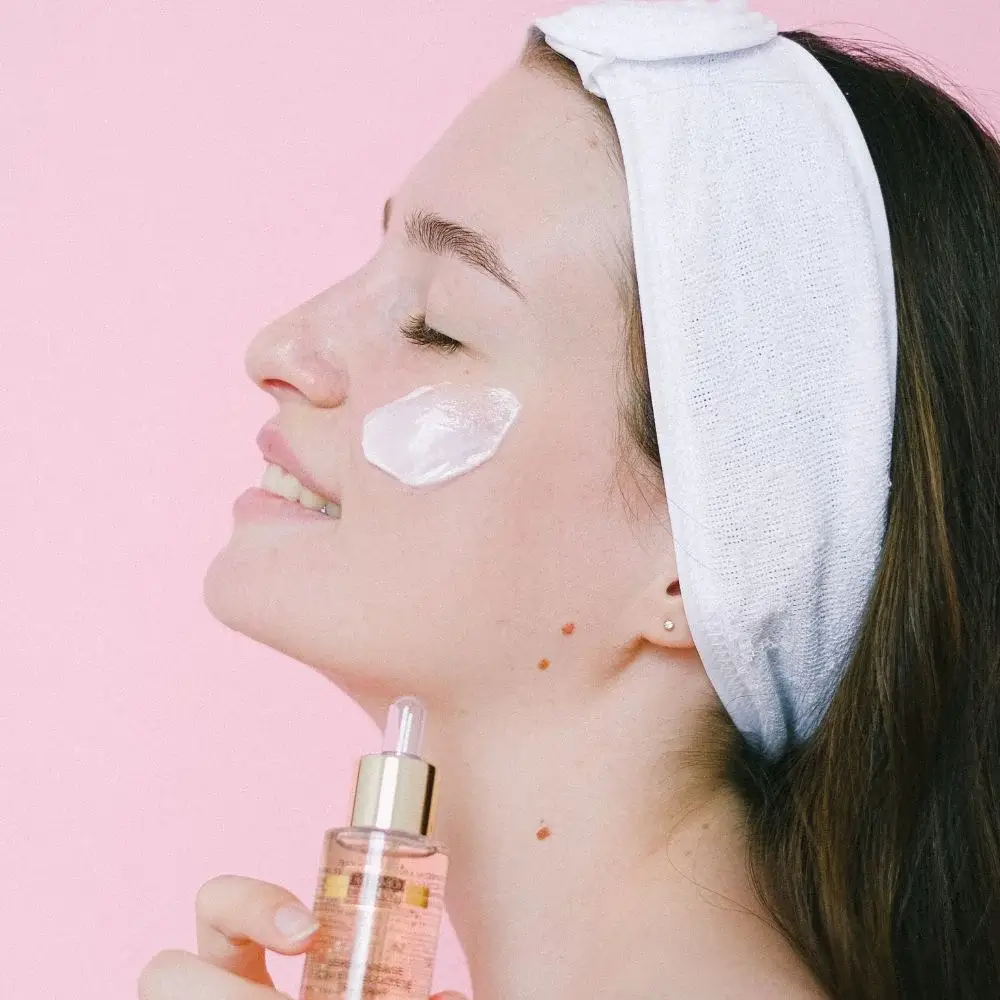
What are some cruelty-free eye cream options for sensitive skin?
Sensitive skin requires special care when selecting an eye cream. Opt for cruelty-free options specifically formulated to cater to sensitive skin needs. These formulations often exclude common irritants like fragrances and alcohol. Ingredients such as chamomile and calendula, with their anti-inflammatory properties, soothe and calm sensitive skin around the eyes. Shea butter is an excellent choice, offering deep moisturization without clogging pores. These gentle, cruelty-free alternatives are meticulously crafted to ensure compatibility with sensitive skin types while delivering the desired benefits for the delicate eye.
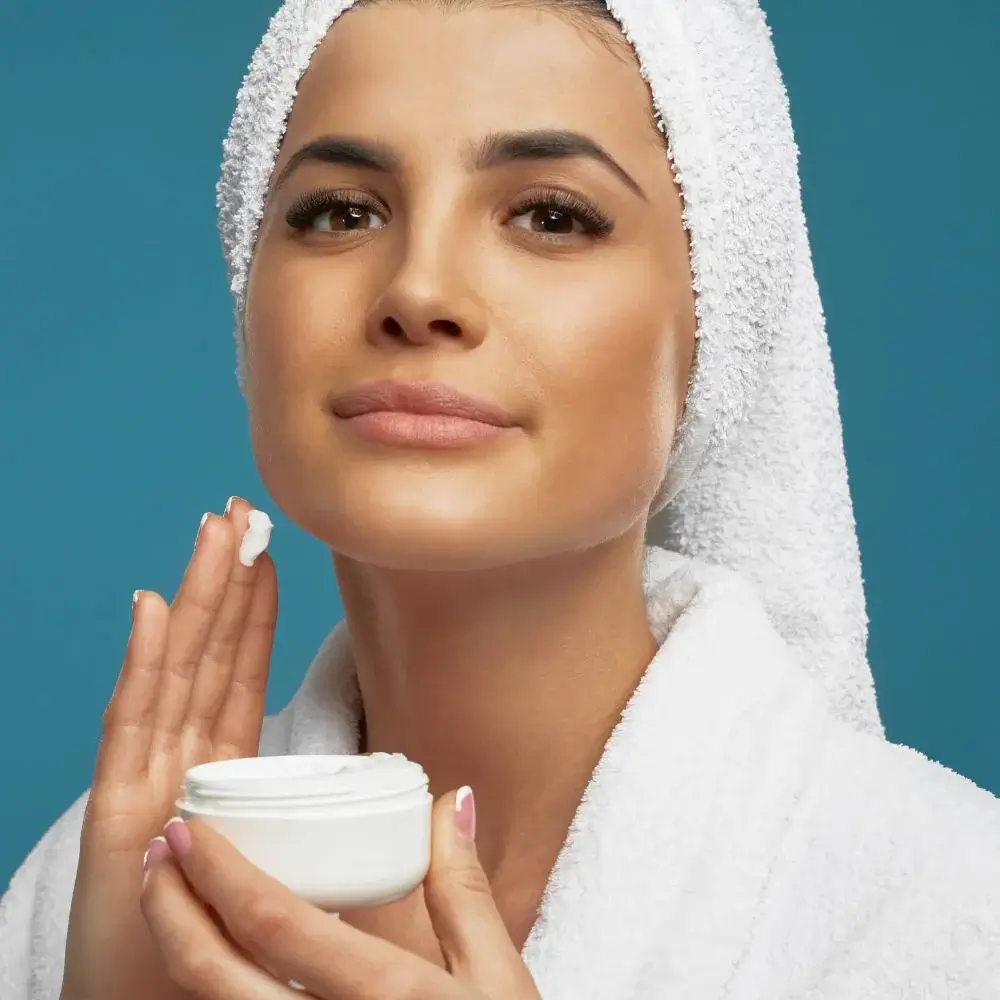
How can I incorporate eye cream into my skincare routine?
Integrating eye cream into your skincare routine is straightforward and essential for maintaining youthful-looking eyes. After cleansing and toning, take a small amount of your chosen eye cream and gently apply it using your ring finger. This finger applies the slight review pressure, reducing the risk of skin damage around the delicate eye area. Gently pat the cream onto the orbital bone area, rather than rubbing, to promote absorption. Make this a routine both in the morning and at night to maximize the benefits of the eye cream and enhance your eye area's overall health and appearance.
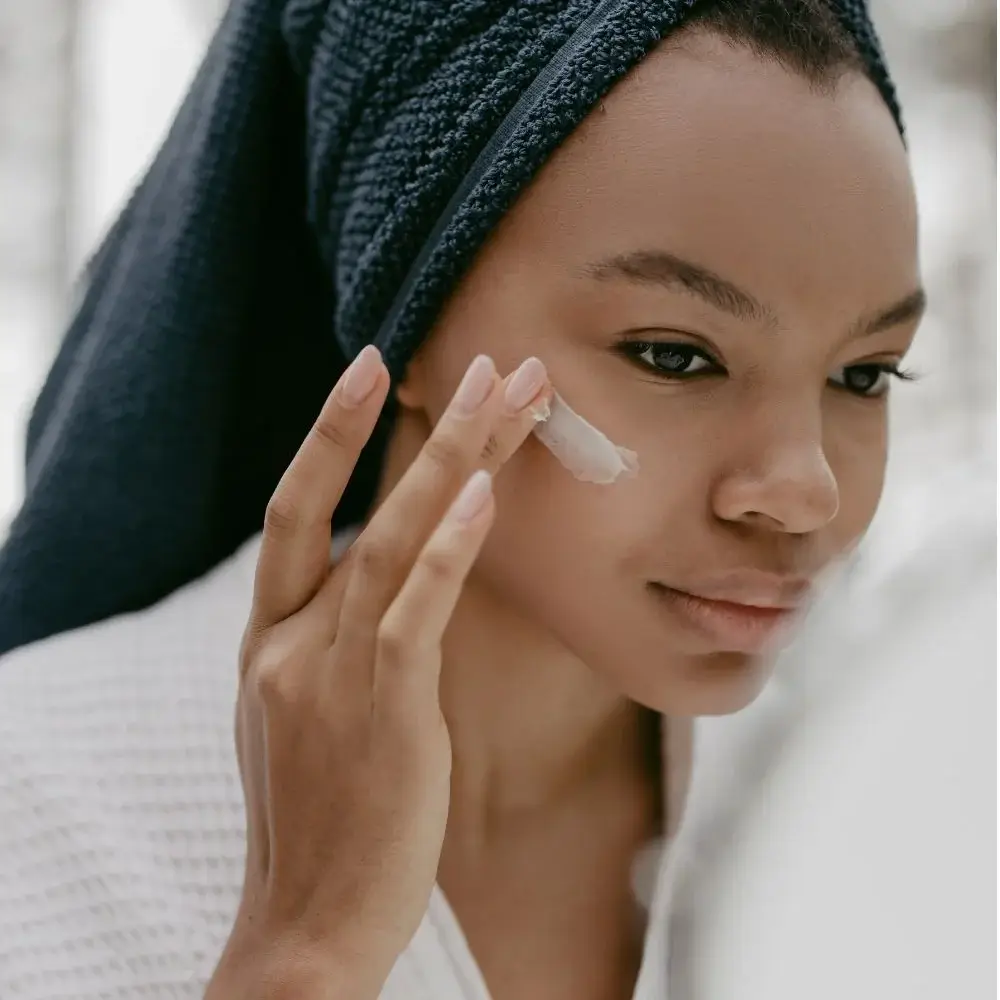
How can I incorporate sunscreen into my daytime eye cream routine?
Sunscreen is vital to daytime skincare, especially for sensitive skin around your eyes. To seamlessly integrate it into your eye cream routine, apply a broad-spectrum sunscreen with an SPF of at least 30 separately. Ensure the sunscreen is adequately absorbed, providing your skin with the necessary protection from harmful UV rays. Once your sunscreen is in place, apply regular eye cream. This layered approach ensures that your eye area remains shielded from the sun's damaging effects while benefiting from your eye cream's nourishment and hydration.
Should I be concerned about parabens or other specific ingredients in eye creams?
It's prudent to exercise caution when evaluating the ingredients in skincare products, including eye creams. Parabens, known for their potential to disrupt hormonal balance, are best avoided. Seek out eye creams that proudly advertise as paraben-free to minimize associated risks. Be vigilant regarding allergens or irritants that may not suit your skin type. Always take the time to read ingredient labels diligently, and if you have any concerns or specific sensitivities, consider consulting a dermatologist for personalized recommendations tailored to the ingredients in your chosen eye creams. Your skin's health and well-being are of paramount importance.


